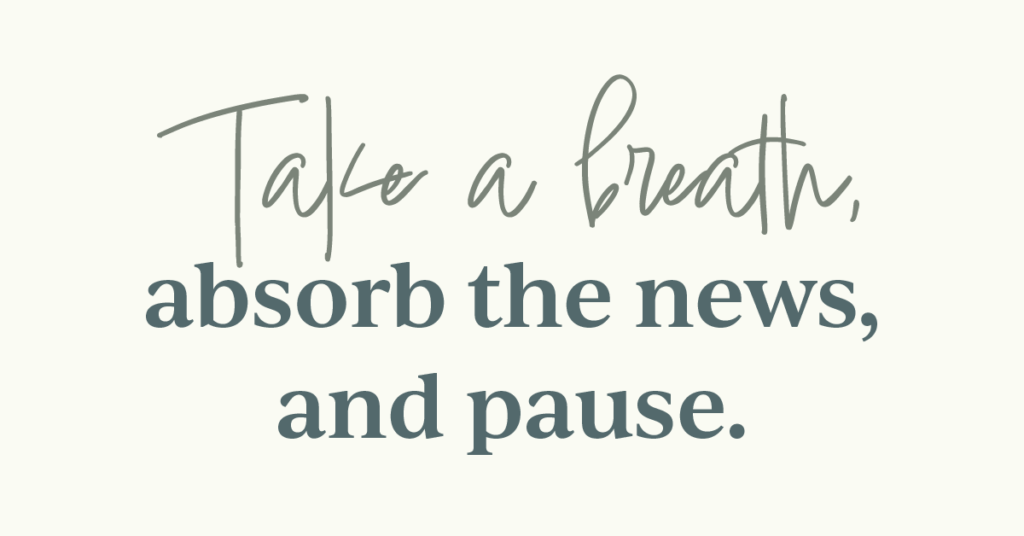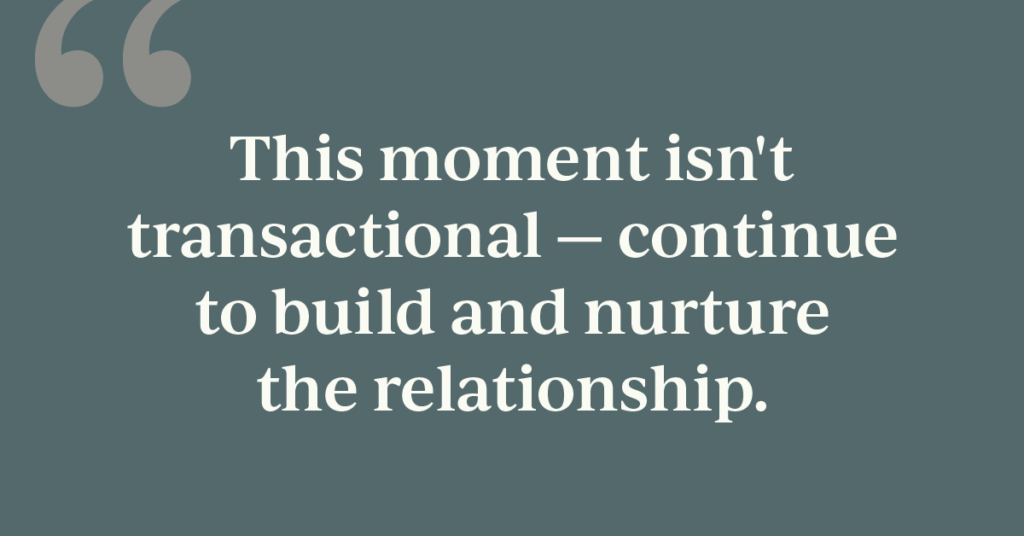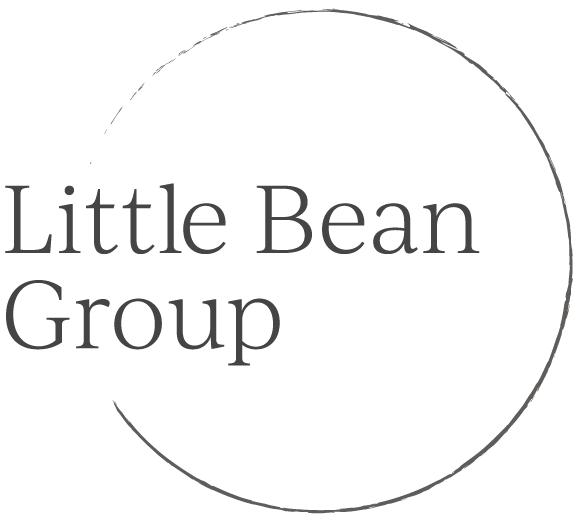Recently, I’ve shared my favorite prompts to guide you through getting to know your supporters and working toward solicitation. My post on donor cultivation included conversation starters, transition questions, and advice on active listening. Last month, I tackled what some view as the most challenging aspect of fundraising: making the ask for support.
Using that article’s guidance, you’ve put yourself out there and asked your donor for an initial gift, or to increase their current giving. What happens when you get a less-than-ideal reply in return? This can look like an outright “no,” an unwillingness to commit immediately, or declining to increase financial support.
First, I want to acknowledge that rejection is hard. It is difficult not to take it personally, especially when you’ve put in the exacting work of cultivation and relationship building.. Because rejection can bring up a lot of emotions, I feel it’s critical to have some responses and prompts ready to go.
Having this language handy helps you with your core mission: preserving relationships. While you don’t want to anticipate a negative outcome, it’s important to prepare for it and to put yourself in a position to continue the conversation calmly.

Hearing “No” or No Commitment
Let’s start with the basics: take a breath, absorb the news, and pause. Then, begin with thanking your prospect for their time and consideration. Depending on how the meeting has gone up until the ask, the “no” may not be a huge surprise, and perhaps you were already expecting it.
I like to suggest a time to check in again. This helps to continue the relationship and keep any momentum going.
- Thank you. May I call you next week to follow up?
- Thank you. May I check in with you in January?
You should be able to gauge the appropriate time period to check in based on your previous communications. If you’ve listened carefully during the conversation and have a sense of what connects your prospect to your mission, it can be a good opportunity to provide updates.
When the response isn’t an outright “no” but is noncommittal, start by acknowledging that you are asking a lot. I find that this flows naturally, and helps to smooth out any awkwardness that arises during this moment.
- Thank you for your consideration. I know it is a meaningful ask/I know it is a significant ask. (I’d use this if you ask for a big gift or a big increase).
Especially if you feel that the meeting went well, this sentiment helps to reassure the donor and show them that your relationship is not transactional. It’s critical to maintain the relationship with the donor and stay in touch with them.

No Increase
This scenario is straightforward. If a donor does not increase, but wishes to continue at their current level, thank them for their support:
- Thank you. We appreciate you renewing your generous gift.
If you’ve made a strong case for increasing, this can feel very discouraging in the moment. But keep the good news at the forefront of your mind: you have a dedicated supporter. With continued stewardship and relationship building, you can still work toward an increase in the future. Remember, fundraising is a long game. I have lots of advice on deepening stewardship, building your thanking philosophy with care to engage donors in your work, and creative retention ideas to build loyalty.
